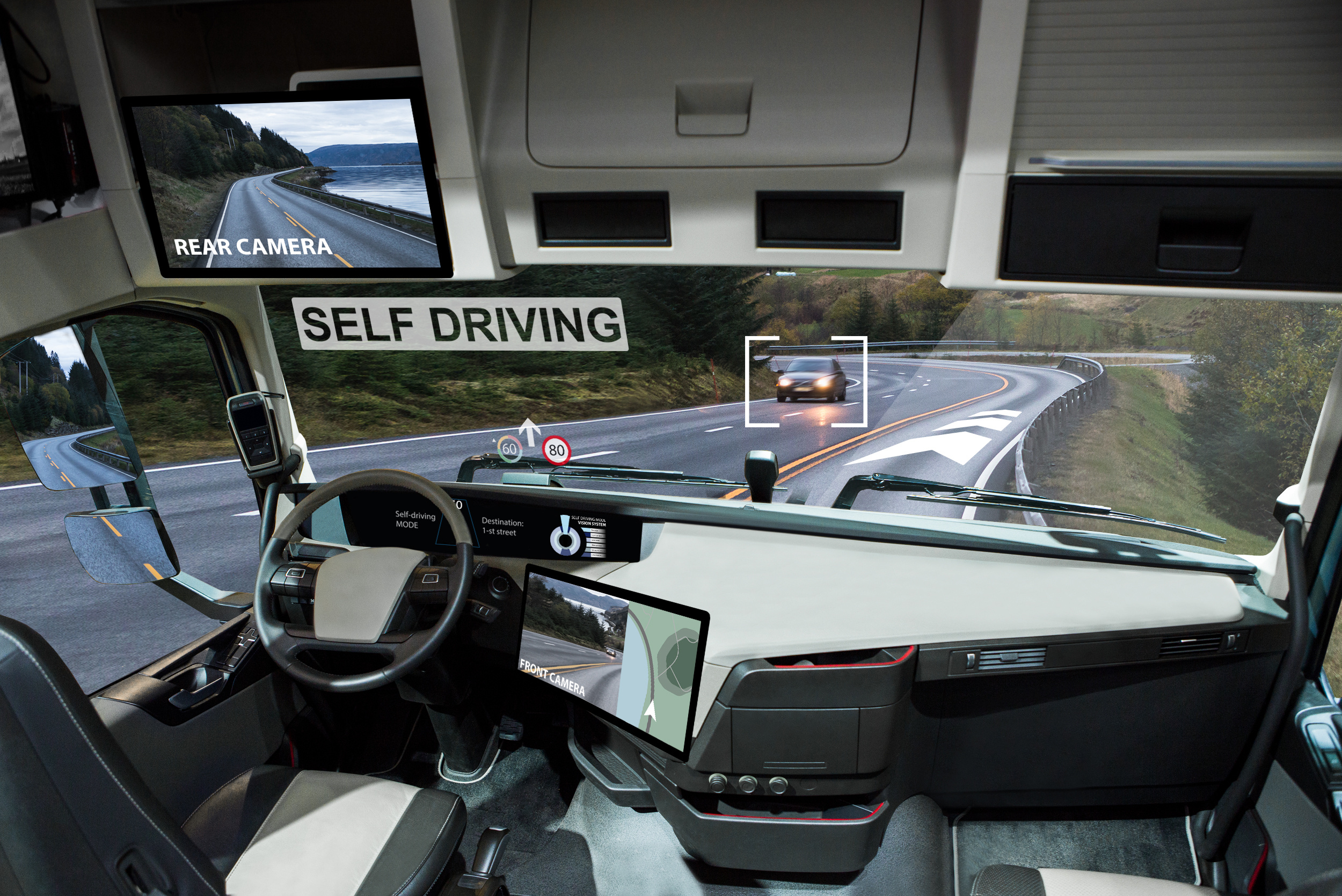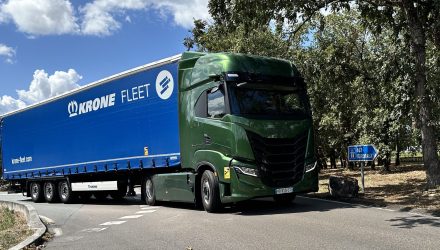Social listening conducted by SNAP, haulage’s digital marketplace, discovered truck drivers have concerns over the safety of autonomous trucks.
The prospect of self-driving trucks promises a future where the haulage industry becomes faster, greener, and arguably more reliable than ever before. But are they safe enough for the daily obstacles truck drivers encounter on our roads?
On social media, SNAP prompted drivers for their opinions regarding the news that the manufacturer, MAN, was testing autonomous trucks on the motorway. As part of a series of tests, the truck drove 10km on the A9 between the Allershausen and Furholzen junctions.
The safety of autonomous trucks has been a hot topic of discussion within the sector, with many debating whether the technology is at a reliable standard to deal with unpredictable weather and recognise obstacles – something that is of concern for truck drivers on SNAP’s social media pages:
- “In the slightest bit of rain, my truck loses all automatic capabilities, AEBS, and cruise control. There is no way trucks will be allowed to drive themselves without a driver anytime soon.”
- “This will kill more people on the roads and cause more queues. Just think how reliable your electronics are on your Euro 6 vehicle. The same people are making autonomous trucks.”
Safety concerns are valid – with AI systems having to evaluate and calculate large amounts of data in real time, they must be highly sophisticated. Providing a test environment that covers all situations is impossible. Therefore, the system must be capable of detecting and correcting errors.
Among these concerns come new worries regarding cyber security. In 2020, the Global Risks Perception Survey (GRPS) reported that malware and ransomware attacks increased by 358% and 435%, respectively – suggesting that cyber threats could turn critical. To combat this risk, manufacturers and fleet managers of autonomous trucks must ensure the software is updated regularly to minimise the danger of attacks.
A Unite Workers’ union survey found that 29% of HGV drivers admitted they had fallen asleep at the wheel while driving – 64.4% blamed it on work fatigue, citing long days and insufficient provisions for rest times. With 99% of all accidents occurring because of human error, increasing the sophistication of AI systems in autonomous trucks can reduce road traffic accident rates.
The Automated Vehicle Act sets out the minimum safety threshold self-driving vehicles must achieve – currently stated as a level “at least as high as careful and competent human drivers” and states autonomous vehicles must pass rigorous safety checks before being introduced to our roads.
Despite reassurances regarding their safety, drivers were left wondering how the HGV’s would cope with the unforeseen circumstances related to truck driving, especially dealing with narrow roads and location issues:
- “Wait until it’s trying to deliver with the wrong postcode. It happens at least once a week. And, what about those older and smaller industrial estates with all the cars blocking that narrow road you’ve got to reverse down?”
- “What happens when it needs to go down a small country road and onto farmland or, even worse, farm yards?”
Level 4 autonomous trucks can drive on larger roads like motorways and A roads, where they travel in straight lines and move consistently – with minor roads presenting issues due to width and the likelihood of more unprecedented obstacles. The UK has 213,800 miles of minor roads compared to just 31,900 miles of major roads, such as motorways and dual carriageways. Many autonomous trucks will require a driver in the cab to take over on minor roads – eliminating concerns regarding redundancies.
Matthew Bellamy, Managing Director at SNAP, comments: “As an industry, we must recognise the positive consequences autonomous trucks will have on the sector – improved safety, more sustainability, and overcoming worker shortages, just to name a few.”
“Concerns from HGV drivers and other road users are valid with such a significant change. However, as more safety legislation is introduced, autonomous trucks have the potential to make a positive impact on the industry. We will continue to raise awareness to our network of 185,000+ drivers regarding advancements and legislation changes in this area.”







